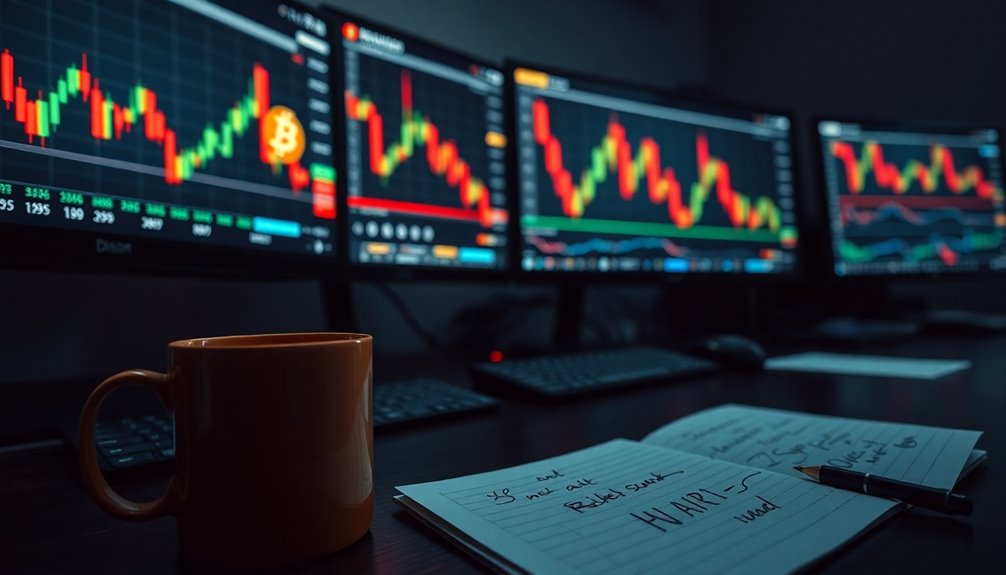You've probably noticed that Bitcoin ETFs have seen significant outflows recently, totaling nearly $465 million. This shift raises important questions about the stability of Bitcoin investments. While some ETFs struggle, others, like Bitwise, continue to attract new capital. So, with economic uncertainty and inflation concerns looming large, should you be worried about the future of Bitcoin ETFs? The answer might not be as straightforward as it seems.

Bitcoin ETFs have kicked off 2025 with a staggering wave of outflows, including a record $464.8 million pulled in just the first trading session. This sudden withdrawal reflects a shift in investor sentiment that's likely causing some concern among those invested in Bitcoin. The iShares Bitcoin Trust (IBIT) led the charge with its largest single-day withdrawal of $332.6 million, highlighting how rapidly confidence can wane in this volatile market.
Bitcoin ETFs started 2025 with record outflows, signaling a notable shift in investor sentiment and concerns about market confidence.
You might be wondering what's driving these outflows. Economic uncertainty plays a significant role, with inflation and interest rate expectations dominating the conversation. It's clear that many investors are reassessing their strategies in the face of these macroeconomic factors. When confidence dips, it's not surprising to see significant withdrawals from Bitcoin ETFs. Additionally, the overall market trends indicate a potential shift in investor sentiment towards bitcoin ETFs, further contributing to the outflows.
Despite the overall trend of outflows, not all Bitcoin ETFs are suffering. For instance, the Bitwise Bitcoin ETF (BITB) has surprisingly attracted new investments. This suggests that while some investors are retreating, others see opportunities even amidst the chaos. It's a reminder that market dynamics are complex and can vary widely across different products.
The impact of these outflows on Bitcoin's price is another concern. Many fear that significant withdrawals could push prices below key support levels, triggering a downward spiral. However, Bitcoin has demonstrated remarkable resilience, managing to stay above the $95,000 mark. This stability might indicate that bullish momentum isn't entirely reliant on institutional support, as retail investors continue to add to their holdings.
Institutional behavior also offers insights into the current landscape. Many institutional investors are still adopting Bitcoin as a hedge against inflation and economic uncertainty, indicating ongoing confidence in its value. Some companies have even increased their Bitcoin reserves, showcasing a commitment to this asset class despite the recent outflows.
Interestingly, while Bitcoin faces headwinds, altcoins like Solana and XRP have seen inflows into their ETPs. This shift could reflect a broader diversification strategy among investors, driven by anticipated regulatory approvals for these altcoins.
All of this points to a nuanced market environment where caution coexists with opportunity. So, while the outflows from Bitcoin ETFs are noteworthy, it's essential to keep an eye on the bigger picture and consider how various factors shape the crypto landscape.











